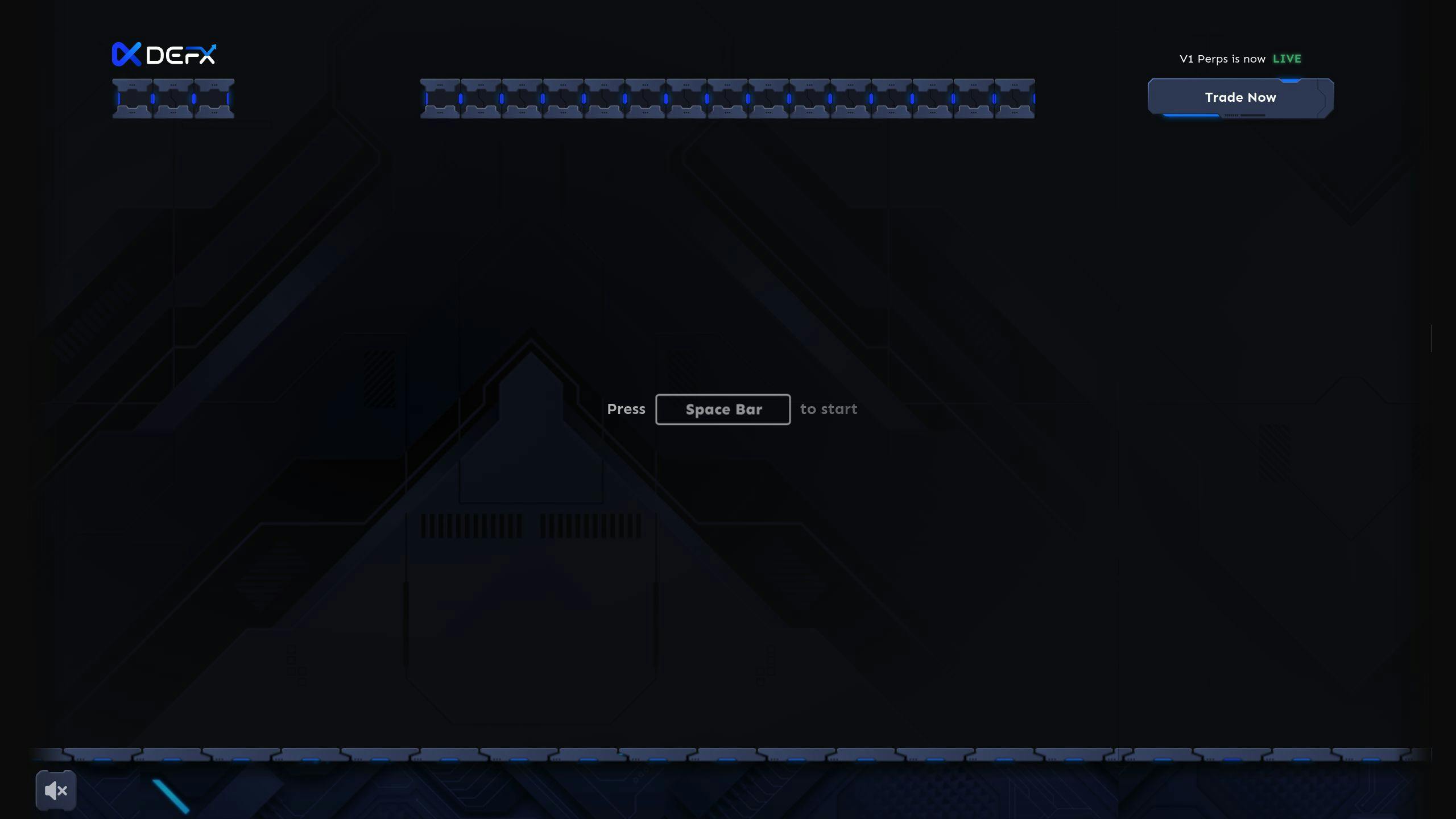The risk-reward ratio is a simple yet powerful metric that compares the potential profit of a trade to the possible loss. For example:
- Risk: If you set a stop-loss at $90 after entering a trade at $100, you’re risking $10.
- Reward: If your target is $120, you’re aiming to make $20.
- Ratio: This gives a risk-reward ratio of 1:2 (risking $1 to potentially earn $2).
This ratio is especially important in margin trading, where leverage can amplify both gains and losses. Experienced traders often aim for ratios like 1:2 or 1:3 to stay profitable while managing risk.
Why It Matters in Margin Trading:
- Leverage Amplifies Risk: Proper ratios help manage emotions and avoid over-leveraging.
- Disciplined Trading: Ratios like 1:2 or 1:3 encourage thoughtful decision-making.
- Better Capital Management: Tools like stop-loss and take-profit orders ensure traders stick to their plans.
Quick Example:
| Entry Price | Stop-Loss | Take-Profit | Risk-Reward Ratio |
|---|---|---|---|
| $0.90021 | $0.88020 | $0.94193 | 1:2.08 |
A 1:2.08 ratio means risking $0.02001 to potentially gain $0.04172. Using leverage, these amounts scale significantly, making careful planning essential.
Calculating Risk-Reward Ratio
Basic Formula Components
The risk-reward ratio helps traders evaluate potential gains versus potential losses by dividing the expected reward by the risk. For margin traders, calculating risk starts with identifying two key price points:
- Entry Price: The price where you open your position.
- Stop-Loss: The price at which you’ll exit if the trade moves against you.
To determine the potential reward, set a realistic Take-Profit level based on technical analysis and current market trends. When using leverage, price movements are amplified, making accurate calculations even more critical [1][3].
Sample Margin Trade Calculations
Here’s an example of calculating the risk-reward ratio for a leveraged cryptocurrency trade:
| Component | Value | Calculation |
|---|---|---|
| Entry Price | $0.90021 | – |
| Stop-Loss | $0.88020 | Risk = $0.02001 |
| Take-Profit | $0.94193 | Reward = $0.04172 |
| Risk-Reward Ratio | 1:2.08 | Reward ÷ Risk |
In this case, a 1:2.08 ratio means risking $0.02001 to potentially gain $0.04172. The breakeven win rate for this ratio is about 32.5%. If you’re using 10x leverage, both potential gains and losses are multiplied by 10, making it essential to size your positions carefully [2].
Key Factors to Consider
Proper risk management is crucial for long-term trading success. Here are some important elements to keep in mind:
- Market Volatility: Adjust your stop-loss levels to reflect current market conditions.
- Position Size: Match your leverage to your risk tolerance to avoid overexposure.
- Breakeven Win Rate: For a 1:2.08 ratio, you need to win at least 32.5% of your trades to break even [2].
Risk calculators can simplify these calculations, ensuring consistent management across all trades. Tools like Smart Trading Software can quickly compute risk-reward ratios and breakeven win rates based on your entry, stop-loss, and take-profit levels [2].
Once you’ve calculated the risk-reward ratio, the next step is integrating it effectively into your trading strategy.
Applying Risk-Reward Ratio in Trading
Choosing the Right Ratio
Picking the right risk-reward ratio plays a key role in margin trading success. While ratios like 1:2 or 1:3 are common benchmarks, the best choice depends on your trading style, risk tolerance, and market conditions. Higher ratios can help balance the risks of leverage by requiring fewer winning trades to stay profitable.
For instance, a 1:2 ratio means risking $1 to potentially earn $2. This approach is ideal for traders aiming for steady, consistent gains. On the other hand, more aggressive traders often lean toward 1:3 or even higher ratios, especially in highly volatile markets like crypto [3].
Here’s a quick comparison of popular risk-reward ratios in margin trading:
| Ratio | Risk Amount | Potential Reward | Required Win Rate | Best Suited For |
|---|---|---|---|---|
| 1:2 | $1,000 | $2,000 | 33.3% | Conservative traders |
| 1:3 | $1,000 | $3,000 | 25% | Moderate traders |
| 1:4 | $1,000 | $4,000 | 20% | Aggressive traders |
Once you’ve chosen your preferred ratio, the next step is to apply it effectively by setting stop-loss and take-profit levels.
Setting Stop-Loss and Take-Profit Levels
When trading with leverage, setting precise stop-loss and take-profit points becomes even more important due to the potential for rapid losses.
Here are some factors to consider for effective stop-loss placement:
- Technical Analysis: Place stops below key support levels or above resistance levels.
- Market Volatility: Use wider stops during high volatility to reduce the risk of premature exits.
- Position Size: Adjust stop distances based on the leverage you’re using.
"Calculating risk and reward before entering a trade encourages a more thoughtful approach." – Coinrule [2]
Here’s a practical example: Suppose you’re trading Bitcoin, and the $30,000 level is a strong support. Placing your entry near this level with a stop-loss just below it creates a setup with higher probabilities [3].
Using Defx Perps DEX’s 50x leverage:
- Entry Price: $30,000
- Stop-Loss: $29,700 (-1% = -50% with 50x leverage)
- Take-Profit: $30,900 (+3% = +150% with 50x leverage)
This achieves a 1:3 ratio while respecting technical levels and leverage. Defx’s isolated margin feature adds another layer of control, helping traders limit losses to their predefined risk amount [2][4].
Key Risk-Reward Considerations
Managing Market Volatility
Market volatility can often shake up the balance between risk and reward, forcing traders to make adjustments during times of significant price swings. Tweaking stop-loss and take-profit levels during these periods allows traders to keep their preferred risk-reward balance intact.
| Volatility Level | Risk-Reward Adjustment | Position Size | Leverage |
|---|---|---|---|
| Low (< 30% VIX) | 1:2 or 1:3 | 100% of normal size | Max 50x |
| Medium (30-50% VIX) | 1:1.5 | 75% of normal size | 20-30x |
| High (> 50% VIX) | 1:1 | 50% of normal size | Max 10x |
For instance, during the January 2024 crypto market turbulence, traders on Defx Perps DEX adjusted their strategies by leveraging the platform’s tools to effectively balance risk and reward.
While it’s essential to adapt to volatility, staying disciplined in applying these adjustments is equally important.
Maintaining Trading Discipline
Discipline is a cornerstone of successful trading. Here are some key practices to help maintain it:
- Statistical Analysis: Regularly track and review your trading performance. This data-driven approach helps refine strategies and reinforces consistent habits.
- Emotional Control: Stick to predefined entry and exit rules to avoid impulsive decisions. On high-leverage platforms like Defx Perps DEX, ensure stop-loss levels align with your risk tolerance to avoid unnecessary losses.
- Position Sizing: Adjust your position sizes based on market conditions. In uncertain times, scaling back exposure while sticking to your risk-reward ratio can help protect your capital.
"A risk-reward ratio of 1:3 would signify that for every $1 risked, there’s a $3 potential profit or reward." – TechTarget [3]
Experienced traders continuously review and tweak their strategies to align with shifting market conditions. Their primary focus remains on preserving capital rather than chasing profits [1]. By combining disciplined trading habits with smart volatility management, traders can better handle the complexities of margin trading.
sbb-itb-dd9e24a
Why Leverage In Trading Doesn’t Matter (Risk Management)
Tools for Risk Analysis
Modern trading platforms and specialized software offer a range of tools to help traders analyze and manage risk-reward ratios effectively in margin trading. These tools enable data-driven decision-making and support consistent risk management.
Defx Perps DEX Features

| Tool/Feature | Function | Benefit |
|---|---|---|
| Isolated Margin | Limits losses per position | Helps control risk exposure |
| Cross-Margin | Utilizes capital across positions | Improves fund efficiency |
| Real-time Monitoring | Tracks position metrics | Allows quick risk adjustments |
| Advanced Orders | Sets precise entry/exit points | Keeps target ratios on track |
| Risk Calculator | Analyzes entry and exit levels | Promotes consistent strategies |
| Volatility Meters | Tracks market fluctuations | Adjusts risk based on changes |
Risk Calculator Options
The Risk/Reward Calculator from Smart Trading Software is a must-have for margin traders. It helps calculate:
- Entry price points
- Stop-loss levels
- Take-profit targets
- Position sizing recommendations
- Breakeven win rates
For instance, with a 2:8 risk-reward ratio, traders only need a 20% win rate to break even [2].
These tools bring precision to risk-reward strategies, ensuring disciplined trading and effective management. By using them, traders can seamlessly integrate risk-reward analysis into their overall margin trading approach.
Summary
The risk-reward ratio acts as a crucial guide for margin traders, helping them manage the challenges of leveraged trading while keeping risk in check.
Main Points
A strong risk-reward strategy involves accurate calculations, disciplined execution, and the ability to adjust to market conditions for consistent results.
| Component | Description | Application |
|---|---|---|
| Calculation Method | Divide potential profit by potential loss | Use entry and exit prices to define the ratio |
| Optimal Ratios | Commonly 1:2 or 1:3 for steady trading | Helps with position sizing and risk control |
| Position Management | Includes stop-loss and take-profit levels | Ensures risks are managed effectively |
| Risk Analysis | Leverages advanced tools and calculators | Supports data-informed decisions |
"The risk/reward ratio is more than a calculation – it’s a mindset that can lead to stronger, more disciplined trading decisions." – FOREXN1, TradingView Author [1]
Understanding how to apply risk-reward ratios in real-world trading is key for success. These strategies work best when paired with other tools like volatility assessments, technical analysis, and continuous trade adjustments.
Traders should keep their expectations realistic and avoid excessive leverage when using risk-reward strategies. Mastering these techniques allows for more confident and informed decisions in margin trading.
FAQs
What is a good risk-reward ratio for trading?
A risk-reward ratio of 1:2 or 1:3 is commonly used by traders to ensure potential profits outweigh possible losses. This approach helps maintain discipline and manage leveraged positions more effectively. Conservative traders might lean toward higher ratios in volatile markets, while more aggressive traders may choose lower ratios when confident in their strategy [1].
"The risk/reward ratio helps traders maintain discipline and emotional control by providing a clear framework for decision-making." [1][3]
When determining your ratio, take into account:
- Your risk tolerance
- Current market conditions
- The volatility of the asset you’re trading
- Your overall trading plan
For margin traders, especially those using platforms like Defx Perps DEX, stricter risk-reward ratios are crucial to managing the amplified risks of leverage [2]. Ratios like 1:3 are often favored because they strike a balance between maximizing returns and minimizing risks over time [1].
Picking the right risk-reward ratio is just one piece of the puzzle. Up next, we’ll dive into how to combine these principles with advanced trading tools and platforms.
